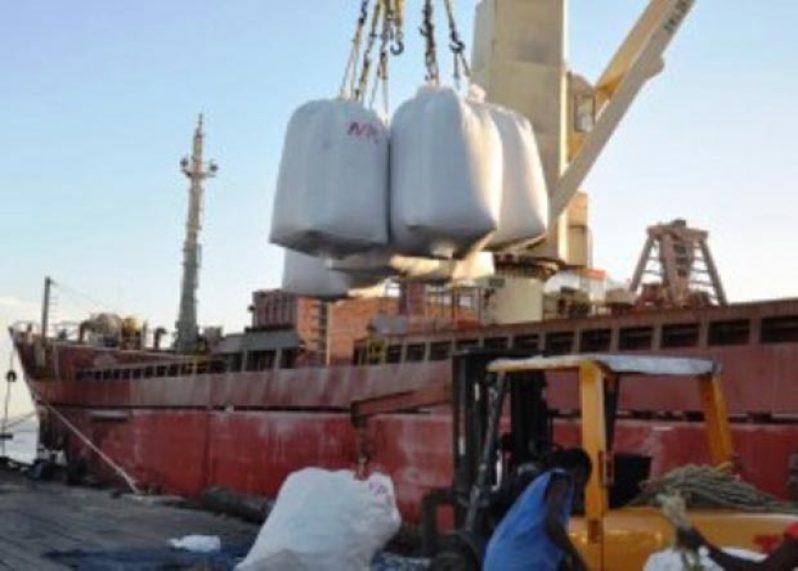-with consistently increasing production
RICE production to date stands at over 532,000 tonnes, far above the original target 413,031 tonnes for 2013, and Agriculture Minister Dr. Leslie Ramsammy told the Guyana Chronicle that consequently, new export markets are being explored.According to him, a three-pronged approach is being taken to increase exports in the sector: increasing market share in countries that have agreements with Guyana; re-entering old markets where the country once had a meaningful presence; and securing new markets.
“I am currently talking to several countries,” he said, declining to name them as negotiations are still at an early stage.
Ramsammy added that efforts are under way to have Venezuela, Jamaica, Trinidad and Tobago, as well as countries in Europe, review existing agreements for paddy and rice exports.
He explained that the Caribbean countries and Venezuela currently import rice from other countries, in addition to Guyana, and there is an opportunity to secure greater shares in these existing markets.
On the matter of re-entering old markets, he said: “Countries like Cuba and Haiti used to account for exports between 30,000 and 40,000 tonnes of rice. We had a meaningful presence in those markets.”
Ramsammy pointed out that in the case of Haiti, since the earthquake that devastated the nation’s capital, much of the rice entering the country was in the form of aid, but with the country in a position to purchase rice, Guyana can take advantage of this market.
He added that in 2006, Haitian national, Saj-Steven Angele Jeff Khauly, began operating a mill, Saj Rice Mill in Region 5 (Mahaica/Berbice), under a 10-year lease; an undertaking that facilitated trade to the country.
Earlier this year, the facility was upgraded with new equipment and a new generator system, among others. The company has indicated its interest in extending its lease to 20 years.
“There are opportunities that we can take advantage of,” the minister said.
Another area in which Guyana can make strides to increase exports in the rice sector, according to him, is the promotion of private sector to private sector agreements.
“Getting the private sector itself connected with private sectors in other countries can boost our exports,” Ramsammy said.
He maintained that the consistent improvements in the sector are encouraging and bodes well for advances on different fronts.
This year’s production reflects an increase of over 25 per cent compared to production in 2012. In 2011, the rice sector surpassed the 400,000-tonne mark for the first time in history and in 2012 it did so again, going over the 2011 production level.
(By Vanessa Narine)



.jpg)









